Dee Estuary Birding
Monthly Newsletter...
April 2022 Newsletter
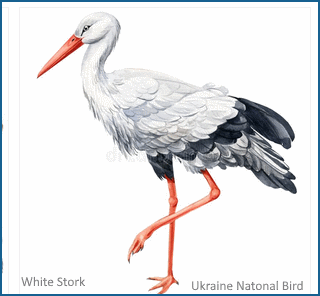
Fire at Neston Reed Bed
On
20th March a huge fire swept through Neston Reedbed burning most of the
reeds and some of the adjacent saltmarsh vegetation - about 10 hectares
in total. Both the dry reeds from previous seasons and the important
leaf litter habitat on the ground have completely gone and it will take
a good year or two before they are replaced. We can take some
consolation that it wasn't during the breeding season (although a
pair of Marsh Harriers had started nest building) and that the rhizomes
appear to be undamaged as they were protected by water and mud so we
will see some new growth in a few weeks - but too late for this year's
breeding season.
I had intended to write a much longer article but then I saw Dan Trotman's article in the Dee Estuary RSPB Blog and I realised straight away there was no point in me trying to match such a detailed, heartfelt and just amazing piece of writing. So here is it is (follow the link):
Neston Reedbed fire: the view from the ground - by Dan Trotman (published in the RSPB Dee Estuary Blog on 24 Mar 2022).
Heartbroken. Angry.
Rueful. Just three of the many emotions coursing through my body and
brain since Saturday evening.
Heartbroken for the marsh harrier pair that had started nest building
just days before the fire, now flying around aimlessly and confused by
the dramatic change in appearance of their home.
Angry that for the third time in my eleven years working here, Iíve
witnessed this precious wild habitat going up in flames in suspicious
circumstances.
Rueful because after growing pressures on the tidal reserve during the
pandemic lockdowns and despite the best efforts of RSPB staff,
volunteers and supporters, we had yet to achieve any real progress in
preventing damage and disturbance occurring.
See rest of article by clicking:
https://community.rspb.org.uk/placestovisit/deeestuary/b/deeestuary-blog/posts/neston-reedbed-fire

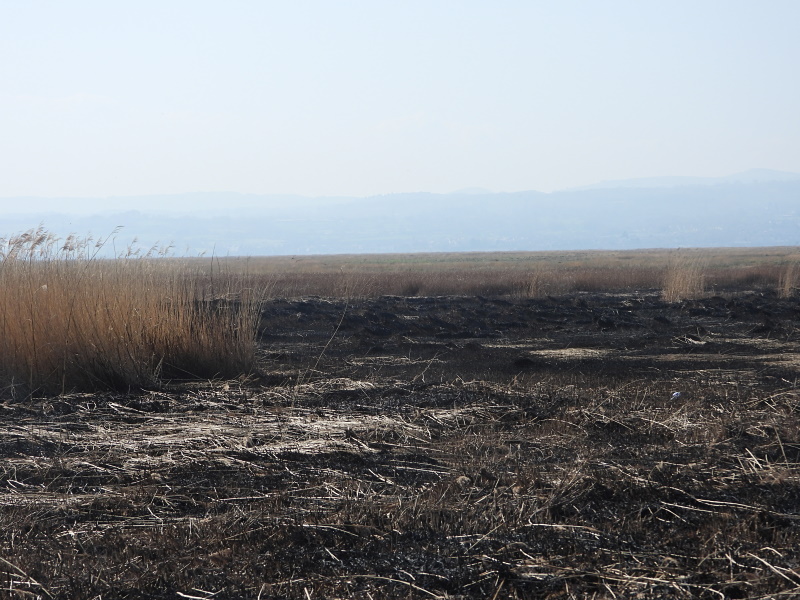
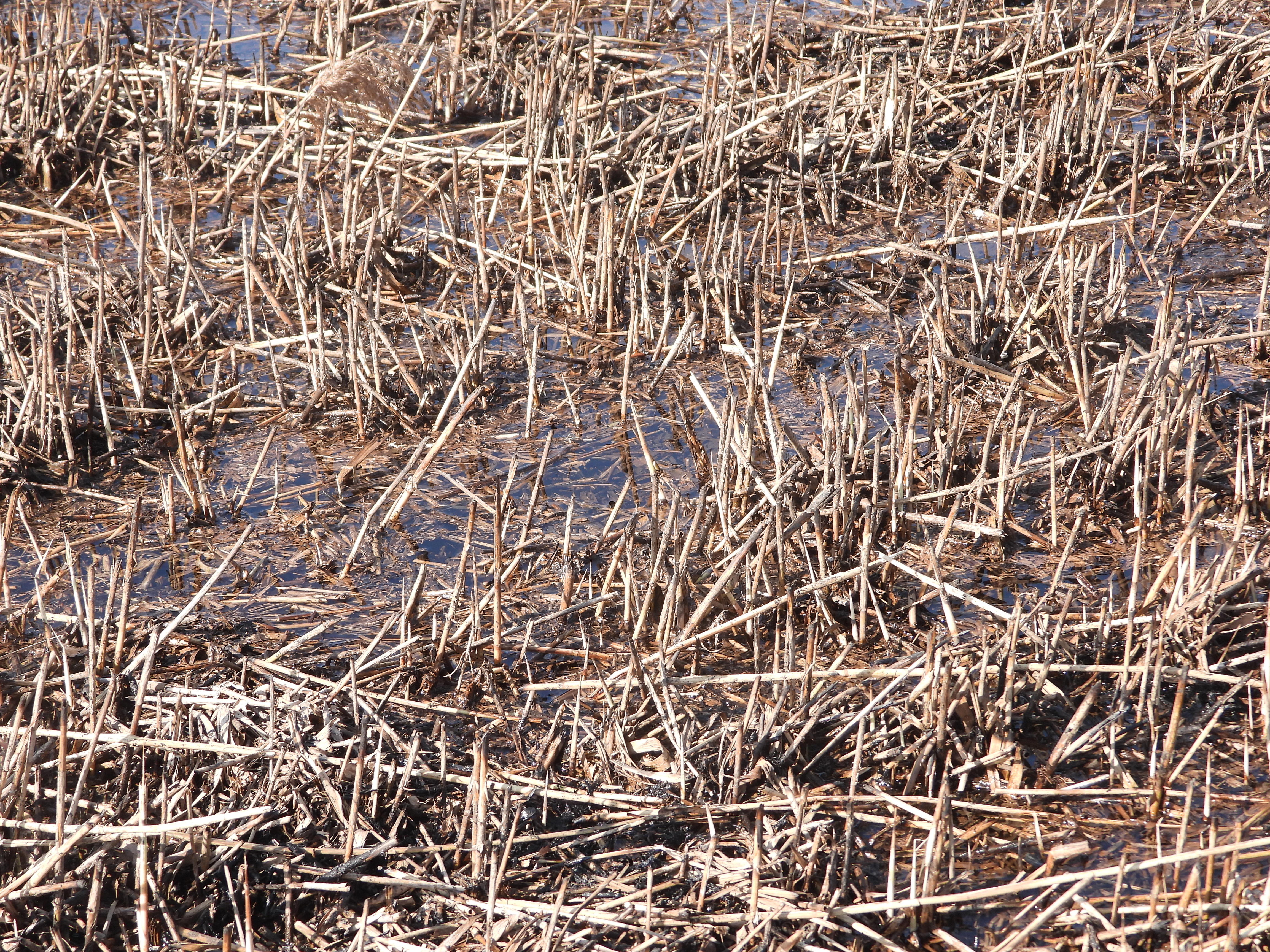
© Richard Smith
Colour Ring Report
Black-tailed Godwit

YW-LYflag.
Ringed at Fijot in northern Iceland in July 2012 as a chick.
First record after ringing was at Oakenholt Marsh RSPB (near Flint) in
October 2012 since when it has become a regular on the Dee Estuary.
Most records are during the summer moult and the spring migration with
many sightings every year either at the Gilroy Scrape (West Kirby) or
the Caldy Wildfowl Collection, with a few more from Connah's Quay NR
and Burton Mere Wetlands. There are only a handful of winter records
which were all on the Dee Estuary until 2021. After being spotted at
Burton Mere Wetlands in December 2020 it stopped over on South Uist
in late April 2021 on it's way back to Iceland. It then
decided on a change of scenery as instead of coming back to the Dee
after breeding it turned up on the east coast and it was logged on
the Humber Estuary in August and December 2021. But it has now made it
back to the Dee Estuary with three further records in 2022:
Oakenholt (Flint) on 23/02/2022.
Burton Mere Wetlands on 01/03/2022 and 03/03/2022.
Shelduck
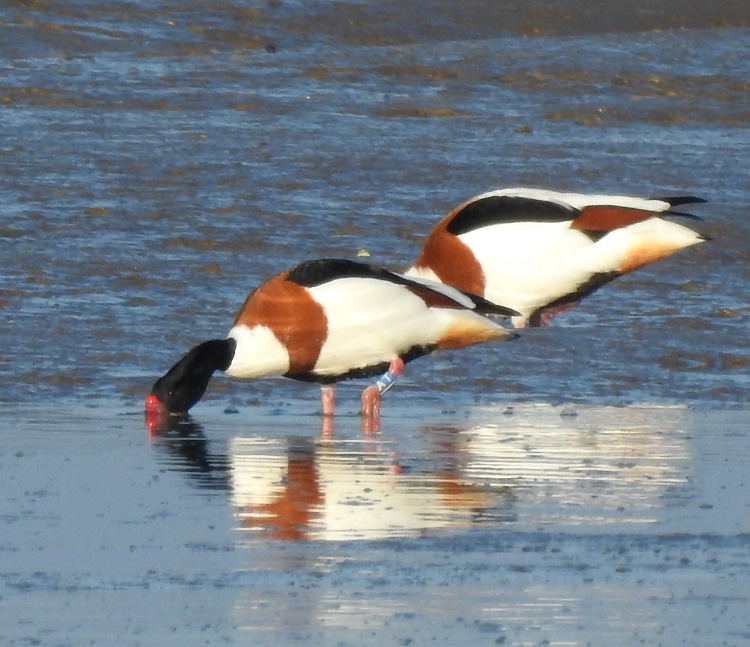
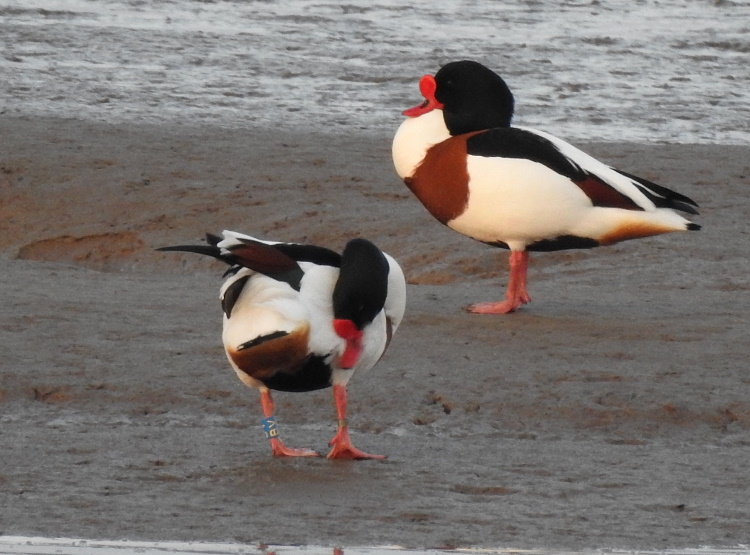

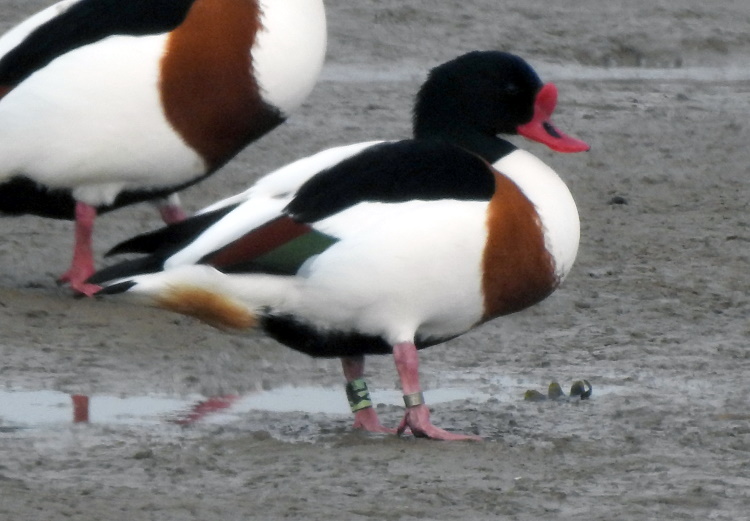
There were 10 records of six
different colour-ringed Shelduck in March, all seen towards the end of
the month.
These Shelduck were all colour-ringed at Martin Mere WWT where many
spend the winter feeding on the food put out for the wild swans and
captive
wildfowl. The ones we see on the Dee Estuary in spring are likely to be
local breeding
birds. We then see them again in the autumn after breeding before they
move back to Martin Mere.
One we have recorded regularly is Lime Ring (FD) and in the database there is an interesting note written in 2020 by Steve Hinde about this bird "An observation about FD, this bird frequented a particular area of muddy shore last autumn, within a 50 metre radius of a sunken rowing boat. Both of my sightings of this bird so far this autumn have been in exactly the same locality."
Lime FD
Ringed with metal ring on 06/03/2005 on the Ribble Marshes as a first
winter bird.
Recorded:
First recorded at Martin Mere in March 2016 and every winter since. It
was fitted with colour ring FD in November 2018.
Seen at Thurstaston on several dates in September and October 2019 and
2020. It was at Thurstaston in early May 2021 and again on 28/03/2022.
This bird is thus almost 18 years old.
Colour Rings were recorded by Richard Smith, Steve Hinde, Matt Thomas, Richard Speechley and Ed Wilson.
March Bird News

It was certainly a good month for Chiffchaffs which
seemed to be everywhere. As a few overwinter I can't put them
into the first sightings table (below),
but in contrast to the
Chiffchaffs our first Willow Warbler was the latest since 2016 which
was also on March 29th. For the other species the first
arrivals were fairly typical for recent years.
| Species | 2022 | Location | 2021 | 2020 |
|---|---|---|---|---|
| Wheatear | 9th March |
Burton | 28th Feb |
16th March |
| Sand Martin | 11th March |
Burton | 5th March | 16th March |
| White Wagtail |
12th March | Hilbre | 16th March |
1st March |
| Swallow | 15th March | Burton | 18th March | 23rd March |
| House Martin |
23rd March | Heswall |
27th March | 5th April |
| Willow Warbler |
29th March |
West Kirby | 23rd March |
26th March |
| Whitethroat | 10th April | 8th April | ||
| Swift | |
16th April | 21st April | |
| Cuckoo | |
24th April | 23rd April |
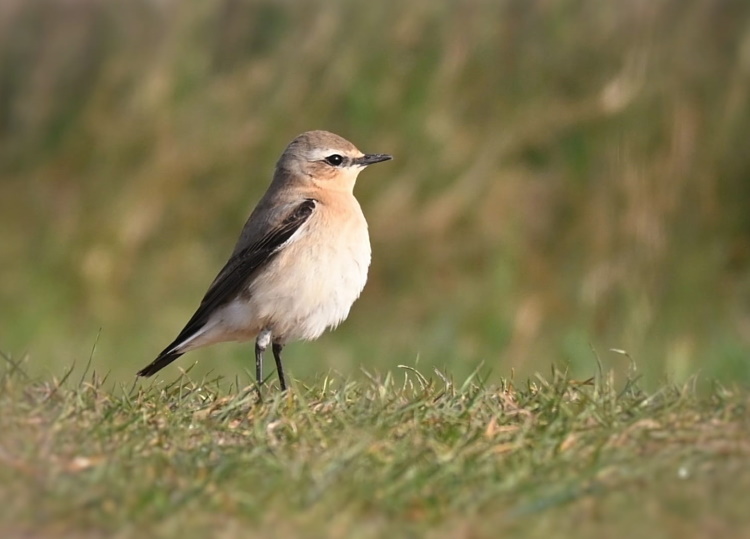
Little Gulls were also passing through, many fly up
the Irish Sea at this time of the year before flying across the country
on their way to breed in the Baltic and in March we saw them both
flying east past Hilbre and inland at both Connah's Quay NR and Burton
Mere Wetlands.
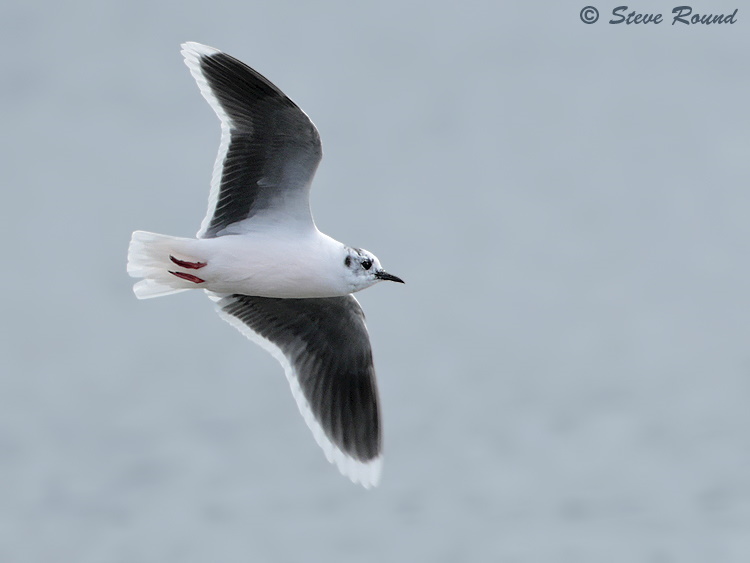
https://www.stevenround-birdphotography.co.uk/
The country saw a large influx of Garganeys and we had our share with
several pairs present at Burton Mere Wetlands when there were a total
of six for several days.
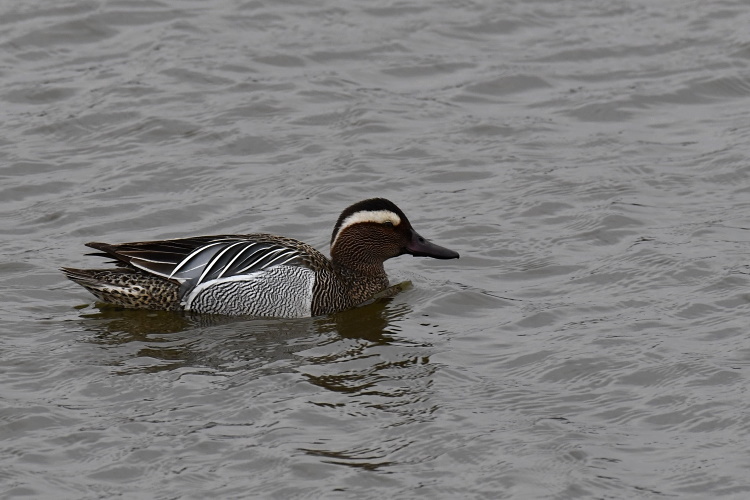
One lucky birder saw both an Osprey (the only one
recorded this month) and a Red Kite within a few minutes of each other
over Leasowe Lighthouse.
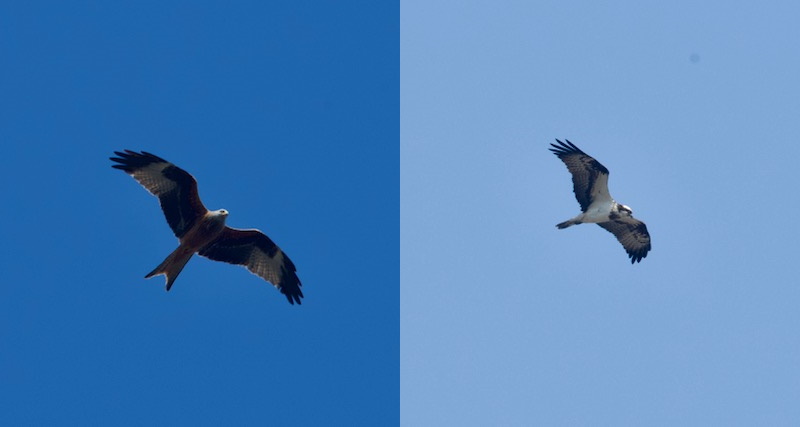
Other notable birds was our first Ring Ouzel of the
spring at Hilbre on the 30th, a White Stork over Queensferry on the
27th and a Siberian Chiffchaff at Burton Mere Wetlands on the 26th.
There were several Cattle Egret at Burton Mere Wetlands, max six by the
end of the month, and also a Bittern was spotted so we hope both
species are breeding there.
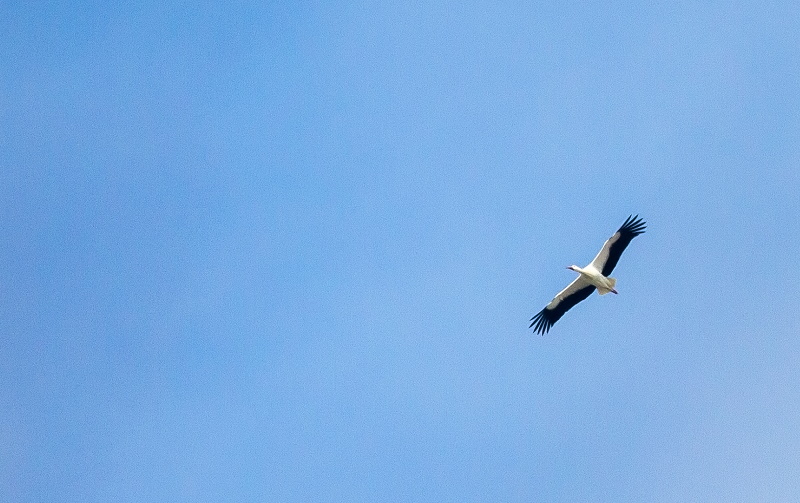
What to expect in April
April will see lots of birds on the move, one of the
most exciting months of the year. The estuary itself can be quiet in
April but one wader to look out for are Whimbrels, these winter in west
Africa with most breeding in Iceland but also some around the Baltic
and Scandinavia (see the
Seven Whistler). Best place to see these are on a rising tide
walking from Caldy to Heswall - numbers can reach over 100.
Black-tailed Godwits also breed in Iceland and we get a few hundred
moulting here before their journey across the east Atlantic - towards
the end of the month they will look glorious in full breeding plumage
and
can usually be seen at the Caldy Wildfowl Collection. Pink-footed Geese
will be leaving us, yet another Icelandic breeder. Some years they can
leave over quite a short period of time in a few huge spectacular
flocks. But other years their departure takes place through the whole
month. Most seem to leave at dawn and an early morning visit to Hilbre
can be truly magical with the flocks passing noisily overhead. A
surprising number move overnight so you need to get your 'Nocmig'* gear
out! Another wildfowl species which migrates at night are Common
Scoters but, thanks to Nocmig, it's only been during the past few years
has it been realised just how many migrate overland across the UK.
Given the numbers in Liverpool Bay many must pass over our area - see http://www.deeestuary.co.uk/news0520.htm#first
and https://www.birdguides.com/articles/citizen-science-reveals-nocturnal-scoter-migration-routes/,
also a detailed article in British
Birds March 2022 edition.
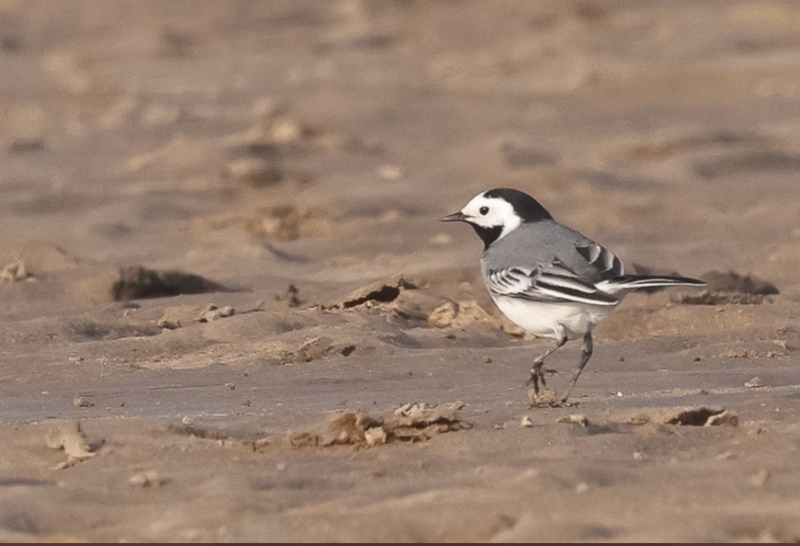
White Wagtails, which are also on their way to Iceland, pass through here from early March but numbers usually peak in mid-April which is when we often see large numbers on the shore where counts can be in three figures. Scattered over a large area of sand they can be surprisingly difficult to see but the beaches at Gronant and Hoylake are good sites to see them, as well as any coastal ploughed field or horse paddock. Coastal horse paddocks are also good places to see Yellow Wagtails and they tend to peak in the last week of April and into May. These bright yellow birds really stand out and look out for the scarce 'channel' wagtails and the much rarer continental races. The other two species whose numbers peak in April are Ring Ouzels and Common Redstarts, both stunning birds to see.
Sandwich, Common and Little Terns will all start to
arrive in April, they will be with us until the autumn. Depending on
wind direction and presumably the availability of food we often get a
good passage of Gannets out in Liverpool Bay, sometimes daily counts
can reach several hundred.
*Nocmig -
short for Nocturnal Migration but normally refers to the practice of
noting and/or recording the calls of birds flying over at night.
Top of Page
Forthcoming Events
April Highest Spring Tides (Liverpool)
Also see Tides page.
17th April, 12.21hrs (BST), 9.6m.
18th April, 12.59hrs (BST), 9.7m.
19th April, 13.39hrs (BST), 9.6m.